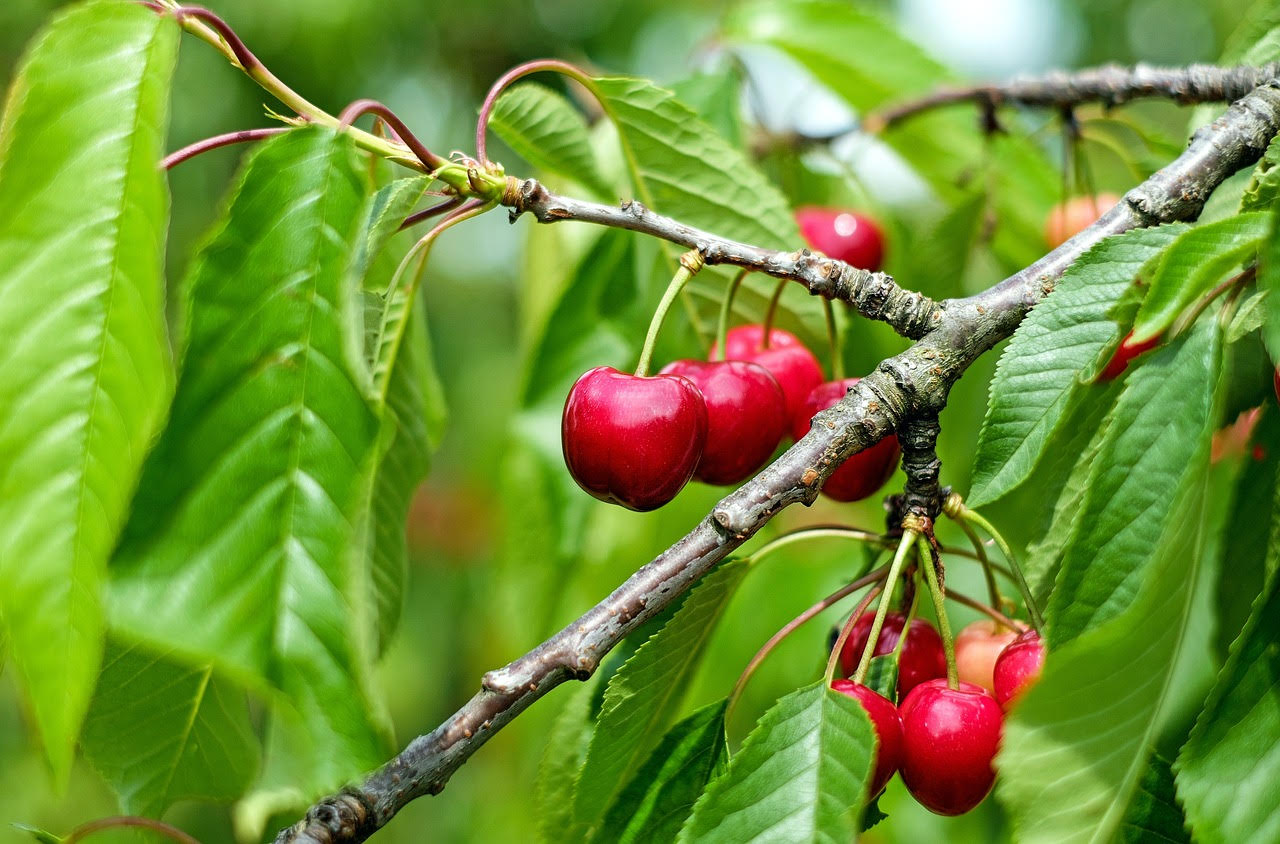Start now to prevent brown rot of stone fruit in Spring!

Start now to prevent brown rot of stone fruit in Spring!
Top tips:
- Remove all fruit including mummified fruit
- Clean out crotches
- Remove all vegetative material beneath trees
- Spray up to 4 times before buds open and leaves appear
Brown rot of stone fruit is the scourge of every backyard gardener. It’s a problem we need to be on top of so that we can enjoy tasty fruit and not have to resort to tasteless commercially grown fare when our crop fails. I used to think that spraying was the answer and it is part of the answer but equally, good garden hygiene is essential. And that means we need to start in winter, the earlier the better, if not in autumn, to ensure a clean, healthy crop of stone fruit in summer.
Brown rot is a fungal infection that attacks flowers, foliage and fruit. It appears on the skin of fruit as brownish-grey mould, with patches often appearing just as the fruit is ripening. It is made worse by humidity but not caused by it.
Let’s start with garden hygiene. Fungal infections are spread by wind and water. They attach to plants (for example, rust on mint) or to the trunks, branches, leaves, flowers and fruit on trees, and overwinter on them, even when branches are bare. They can also live in litter and on bark in the tree crotches – the V-shape where a branch meets the trunk.
The first step is to remove any mummified fruit from the tree. Mummified fruit is shrivelled fruit that is covered in spores that create a dust cloud when touched. These are a significant source of re-infection. Following this, remove any fruit that remains. (Removing this fruit will also prevent Queensland Fruit Fly from stinging it when there is not much fruit around). Dispose of any fruit and mummified fruit in the waste bin.
Then clean out crotches of any litter. Use a hearth brush if necessary.
Any material that drops to the orchard floor is likely to be infected. This includes leaves, twigs, flower petals, fruit and prunings. Remove all these: bundle up prunings and rake off any other vegetation. If you mulch any of this material, do not return it to the stone fruit orchard but rather hot compost it to kill pathogens. Cover the orchard floor thickly with compost or fresh, non-infected mulch or both. This is to bury and seal in any fungal spores so that raindrops cannot cause them to ‘jump’ upward onto bark or newly developing buds.
Now it is time to spray the whole tree 360 degrees around every limb. Make sure you spray into all crotches, under all limbs, along to the branch tips and down the trunk to the ground. Every surface should be wet when you have finished and as they will be a darker colour, you should be able to easily tell if you have missed a bit.
Unfortunately, spaying is not a once-off event each season. Spray at least 3 times and a fourth if you have had a bad outbreak the previous season. The first spray should be as early as possible after leaf fall, the second 4 weeks later, the third before bud swell and if a fourth is necessary, at bud swell, but before the buds have opened. It is too late to spray once buds have opened or leaves have appeared. Inspect the buds weekly so that you get your final spray in before bud opening.
What to spray with? That is a vexed question. As an organic organisation, Sustainable Macleod chooses to spray with lime sulfur which is an organic fungicide and pest control. We no longer use Bordeaux mix which has been banned by Britain and 17 countries of the EU because it is a toxic heavy metal that can accumulate in soil but also kills earthworms and beneficial insects, and fish in contaminated waterways. It is also a fungicide only and does not control pests. However, if you are not inclined toward organic gardening, you will find a range of chemicals on nursery shelves.
Other important measures you can take include pruning to open up the centre of each tree to aid good air circulation and sun penetration, and using thinning cuts to reduce the height of each tree. Lower trees are easier to spray and inspect as well as being safer and often more productive.
Spraying for brown rot fungus will also take care of all other fungal diseases including leaf curl on nectarines and peaches, peach rust and bacterial spot, and freckle, silver leaf and verticillium wilt on apricots. Using lime sulfur will take care of aphids, mites, San Jose scale and peach tip moth, and any other insects. Viral diseases are not responsive to brown rot sprays and unfortunately, usually herald the end of the tree.
Cleaning the orchard and spraying a number of times may seem a lot of work but the alternative is the complete loss of delicious and rewarding apricots, peaches, nectarines and cherries in spring and summer. It’s worth the effort!
Reference: Louis Glowinski, The Complete Book of Fruit Growing in Australia, Reprinted 2005, Lothian.
Written by Robin Gale-Baker
